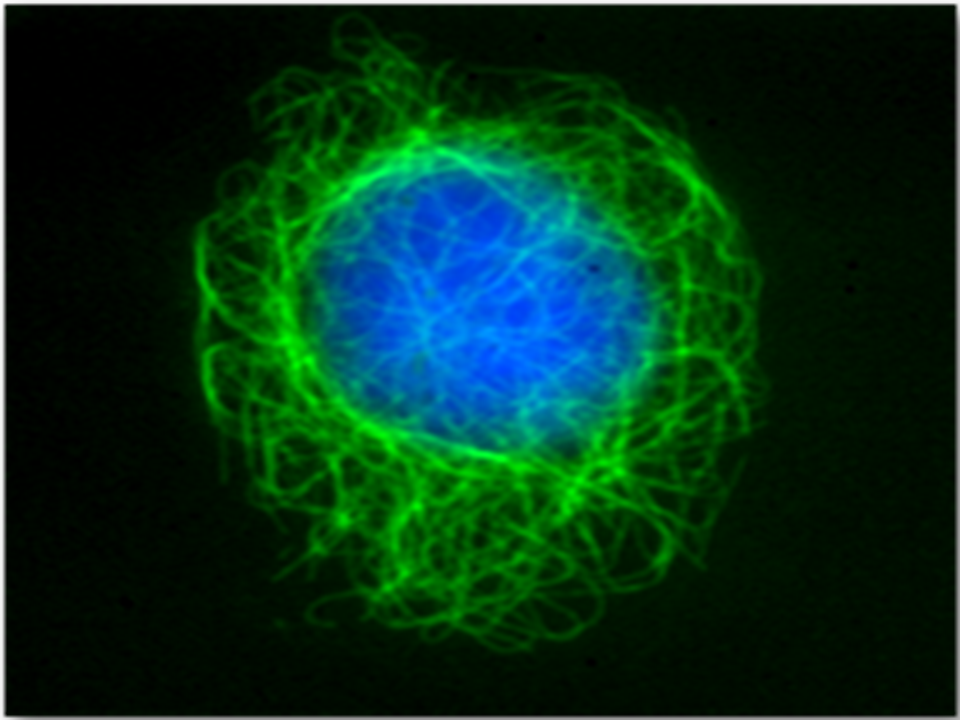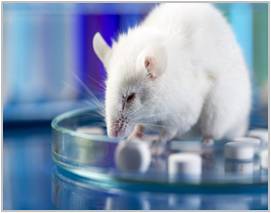



-
Synthesis of NaA nanozeolites, modification of their surface with silane-polyethylene glycol (PEG) molecules and immobilization of 223Ra.
-
Physicochemical characterization of NaA nanozeolites and anti-PSMA-functionalized NaA nanozeolites unlabeled and labeled with the alpha-emitter 225Ra.
Analysis of in vitro toxicity of unlabeled anti-PSMA-functionalized NaA nanozeolitesand unlabeled NaA nanozeolites as carriers in vitro.
-
The effects of unlabeled anti-PSMA-functionalized NaA nanozeolites and unlabeled NaA nanozeolites on cellular cytotoxicity in vitro.
-
The effects of unlabeled anti-PSMA-functionalized NaA nanozeolites and unlabeled NaA nanozeolites on the NF-κB signaling pathway in vitro.
-
The effects of unlabeled anti-PSMA-functionalized NaA nanozeolites and unlabeled NaA nanozeolites on the mRNA expression of inflammatory cytokines and stress-related proteins in vitro.
-
The effects of unlabeled anti-PSMA-functionalized NaA nanozeolites and unlabeled NaA nanozeolites on secretion of pro-inflammatory cytokines and oxidative stressin vitro.
Analysis of in vitro efficacy of anti-PSMA-functionalized NaA nanozeolites labeled withthe alpha-emitter 223Ra
-
Stability studies of 223Ra labeled anti-PSMA-functionalized NaA nanozeolites and 223Ra labeled NaA nanozeolites.
-
Binding affinity studies of anti-PSMA-functionalized NaA nanozeolites to PSMA receptors on human prostate cells.
-
The effects of 223Ra labeled anti-PSMA-functionalized NaA nanozeolites on invasion and migration of human prostate cells.
-
The effects of 223Ra labeled anti-PSMA-functionalized NaA nanozeolites and 223Ra labeled NaA nanozeolites on induction of double strand breaks (DSBs).
Preclinical pharmacokinetics and toxicity studies of NaA nanozeolite functionalized withanti-PSMA antibodies and labeled with barium-133 and radium-223 radioisotopes in normal mice.
- Analysis of pharmacokinetics of anti-PSMA-functionalized NaA nanozeolites labeled with the radioizotopic marker 133Ba in BALB/c mice.
- Acute toxicity study of anti-PSMA-functionalized NaA nanozeolites labeled with the alphaemitter 223Ra in normal Balb/c mice.
Analysis of localization in vivo and biodistribution ex vivo of NaA nanozeolite functionalized with anti-PSMA antibodies and labeled with radium-223 and barium-133 radioizotope and NaA nanozeolite labeled with barium radioizotope as emitter of beta particles in murine model of human prostate cancer.
- Analysis of in vivo localization of anti-PSMA-functionalized NaA nanozeolites labeled with the alpha-emitter 223Ra in BALB/c nude mice with xenograft prostate tumors.
- Analysis of biodistribution of NaA nanozeolites in BALB/c nude mice with xenograft prostate tumors.



